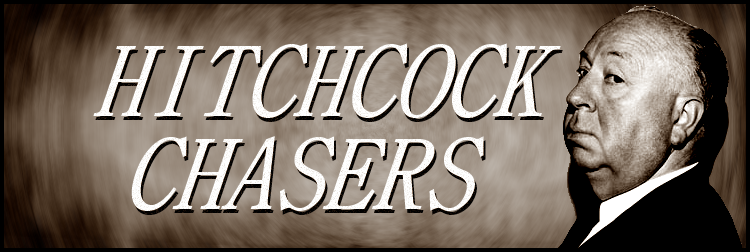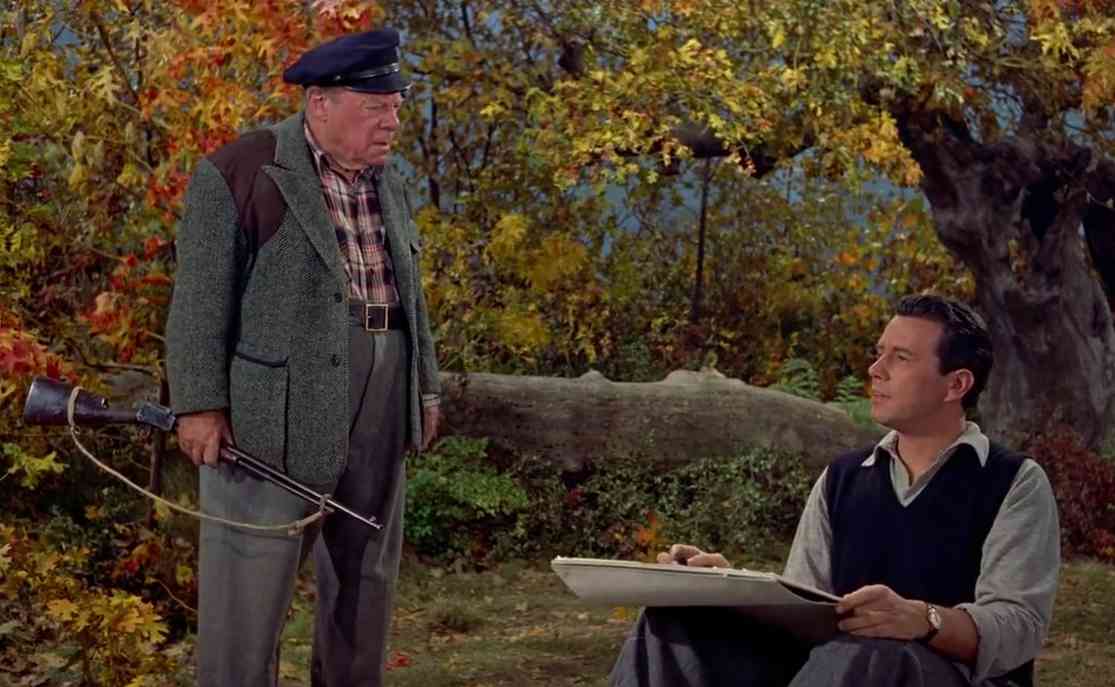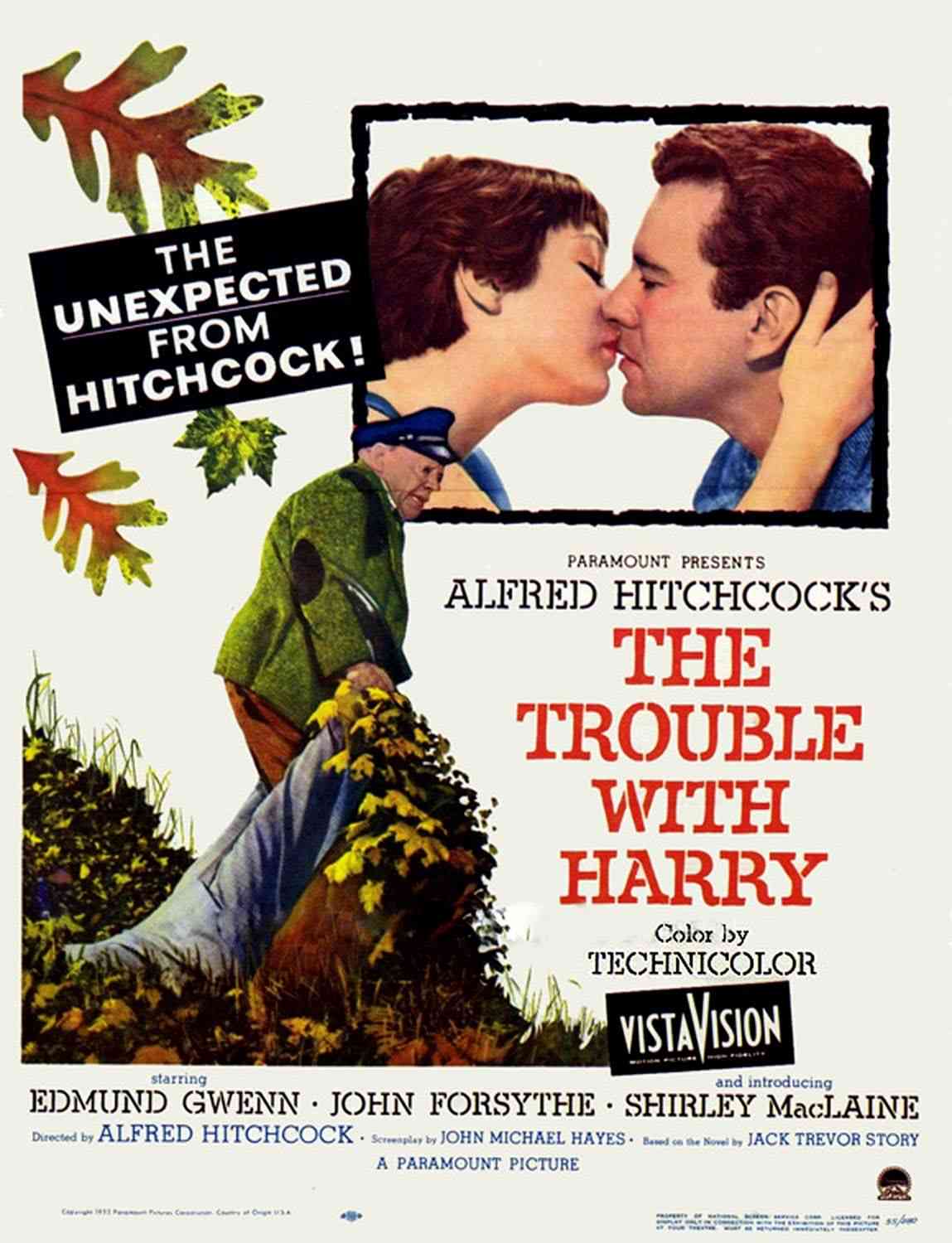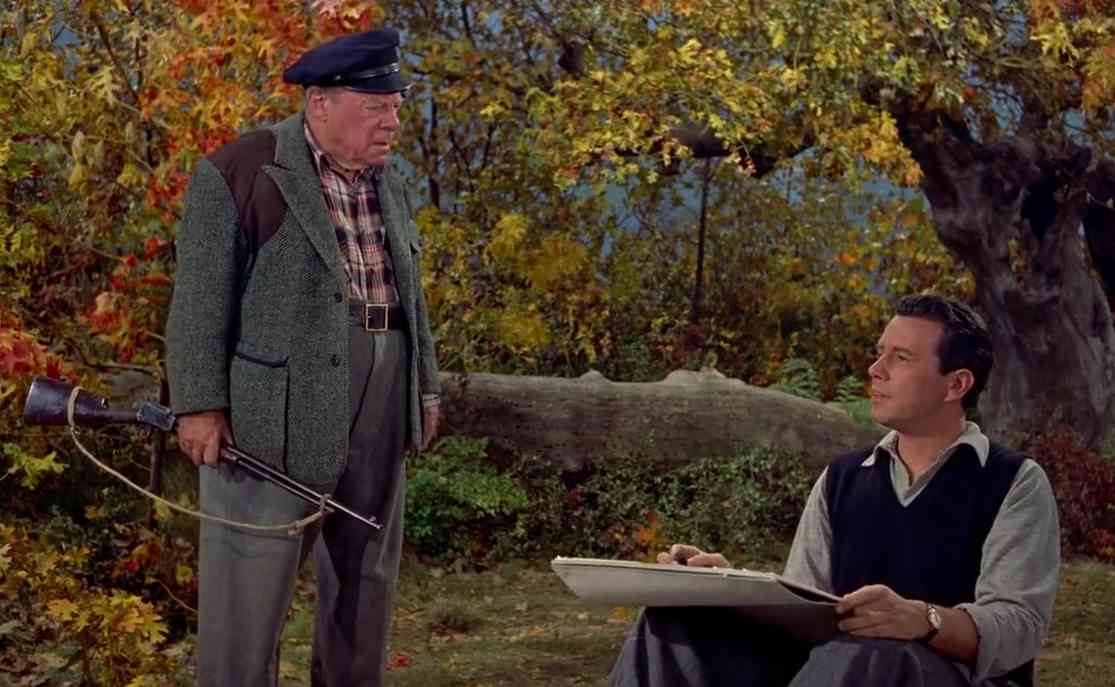The Man Who Knew Too Much (1934 AND 1956)
 Tuesday, January 27, 2015 at 9:53PM
Tuesday, January 27, 2015 at 9:53PM
 One of my favorite/only full viewing experiences of a Hitchcock film as an adolescent was the (at the time of viewing) fairly scary 1956 classic The Man Who Knew Too Much. I recall with fondness a riveting suspense thriller, even though it was probably going on 40-something years of age.
One of my favorite/only full viewing experiences of a Hitchcock film as an adolescent was the (at the time of viewing) fairly scary 1956 classic The Man Who Knew Too Much. I recall with fondness a riveting suspense thriller, even though it was probably going on 40-something years of age.
Needless to say, as I’ve been going through Hitch’s filmography I’ve been looking forward to the day where I could view this film with more adult/jaded eyes.
However before I even attempted to start watching these films in a row (now going on more than one year… people do know me to be long-winded) I discovered this film is actually a remake… of one of his own films (The Man Who Knew Too Much from 1934)! Having watched both back to back (hence the “3 oz shot” in the title, cause 1.5 oz is a shot and if you multiply that by 2 you get 3…“double shot” would’ve been better in retrospect), what fascinates me more than just the revisit of the 1956 version is why the Master conducted a reboot of one of his classics, what changed the second time around, and if there is a clear victor.
Note: from here on out, the films will be referenced by code names: “Swatch” for the 1934 version, and “Mint Tea” for the 1956 version. I may explain why, but I reserve the right not too as then you’ll know too much...
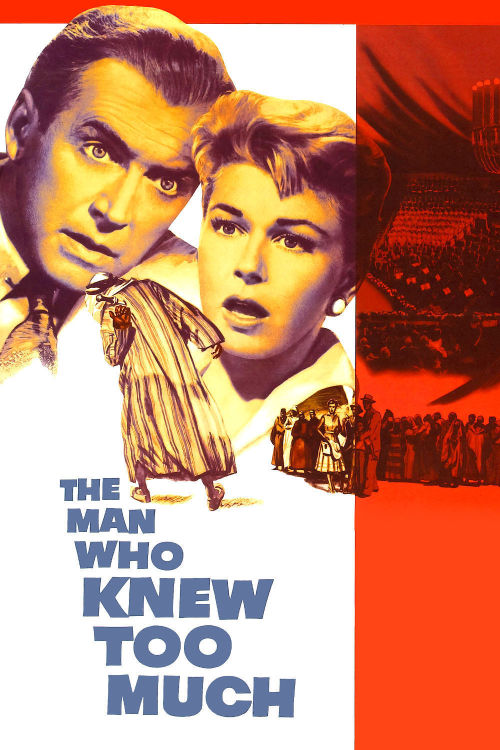 The similar plots and almost identical 2nd act peaks could make a brief plot description to cover both films possible: a couple and their child go somewhere foreign, only to have said child taken away because the dad learns something is isn’t supposed to know. Thus the parents are put into extraordinary circumstances where they must choose between their child or the potential assassination of a public figure. Suspense with sly humor ensues (aka duh, it’s a Hitchcock film).
The similar plots and almost identical 2nd act peaks could make a brief plot description to cover both films possible: a couple and their child go somewhere foreign, only to have said child taken away because the dad learns something is isn’t supposed to know. Thus the parents are put into extraordinary circumstances where they must choose between their child or the potential assassination of a public figure. Suspense with sly humor ensues (aka duh, it’s a Hitchcock film).
While I’ve already mentioned that the plot is fairly similar in structure, differences are happily plentiful (why else would the Master want to perform a redo?) One clear difference is visuals, specifically the setting for the first act, with Mint Tea taking place in the temperate climate of Africa while Swatch took place in Switzerland (well that didn’t take long to spoil the code). Besides locale, Swatch has a certain suspenseful quality that is more effortlessly portrayed due to the grittier atmosphere (i.e. no saturation of colors with 1950s Hollywood production standards like in Mint Tea; the prettiness removes the realism at times). The remake lacks the much more magnetic villain being played by Peter Lorre in the original. However the focus in Mint Tea is clearly all on Stewart and Day (proof is only needed by looking at the posters for the films) where attention is almost equally divided between parents and villain in Swatch. Another major departure is the end of each film, in which the antagonists receive justice via very different methods (Mint Tea wins the day here, as suspense keeps us going whereas a understandably dated shootout scene in Swatch becomes repetitive).
One cannot overlook the elephant in the room - the fact that Swatch is much older. Editing and sound are slightly dated (Criterion has a release that may be superior than the release I watched) understandably along with visuals, and humor is much more dated than Mint Tea. Just as well, scenes that shouldn’t be funny are unintentionally so (I’m looking at you very fight scene with evil dentist). Technically there is no contest - Mint Tea surpasses not just because of advancements in equipment, but also the precision that Hitch developed over the 20 years since. This is also shown in character development: while Swatch does appear more taut and focused at times, the film is possibly too rushed, leaving us without much feeling for the parents and their lost child. In all honesty, all I wanted to do was watch Peter Lorre perform, which is an issue/blessing either because of the character, Peter Lorre’s acting, or (probably) a combo. (One area where the Peter Lorre character detracts is the reveal: we know he’s the villain when we first see him, but the antagonists in Mint Tea are much more of a fun surprise.)
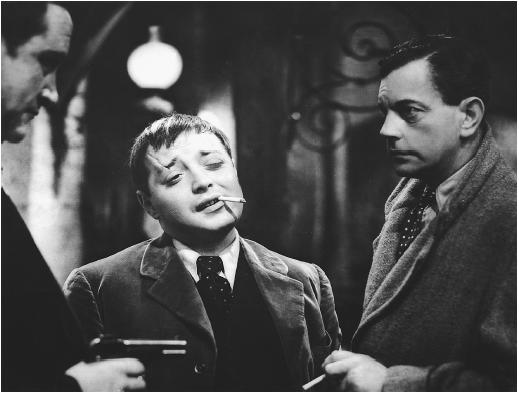
Though these projects differ, fine similarities exist. The idea of a (ostensibly) intelligent but innocent husband (doctor in Mint Tea, unknown profession in Swatch) and his wife is intriguing: an everyday man with book smarts but naiveté when it comes to street smarts, especially as a fish out of water. It harkens to other Hitchcock films with similar main characters like The 39 Steps, Saboteur and the soon to be watched North by Northwest (should call this Hitch-subgenre Man On The Run… better yet something way more original/clever/fun). Fish out of water
There is scene however that was cut right out of Swatch and inserted into Mint Tea (with some wonderful embellishment of course): the Symphony sequence. Both have the same music, similar shots of the killer’s weapon (no pun intended) and the key antidote to stopping the killer from fulfilling his duties (hint: it’s loud). While each scene excels, as it is essentially an update of the scene in Mint Tea, Hitch has a chance to really flesh it out with a wonderful stage, multiple characters, better acting, and of course higher quality sound. With the backdrop of score taking prominence in the scene (the exact same piece of music in both films) it truly is the operatic and cinematic centerpiece.

So with all of this in mind, how does this writer lean? Overall, I generally feel comfortable shouting (as you, for example, when you’re at the opera) that both films should be seen. However, I also quietly want to tell you, while looking around the room to make sure no one will stab me, that watching the second would be a much better experience, and better so by not watching this film first and spoiling the latter.
I’ve already said too much…
 Hitchcock,
Hitchcock,  Hitchcock Chaser,
Hitchcock Chaser,  Remake,
Remake,  Review,
Review,  Suspense,
Suspense,  Thriller in
Thriller in  Hitchcock Chasers
Hitchcock Chasers 


